A 32-year-old man had several days of neck pain and headache after working out.
He went to see a chiropractor, who also noted that he had episodes of blurred vision, headache, and tinnitus.
The chiropractor adjusted his neck.
The patient suddenly became dizzy and had a seizure.
He was unable to get up on his own and became disoriented.
The chiropractor called 911 and he was taken to the ED.
The EM physician (Dr. W) was immediately suspicious of a vertebral artery dissection.
A CTA of his head/neck were ordered, with an indication of “pain/dissection”.
It was read by a neuroradiologist (also named Dr. W):
In later depositions, the radiologist would claim he called the EM doctor to talk about the results, but the EM doctor states he never received a call.
The patient was noted to have a fever and his mental status was declining.
He had a seizure in the ED, and was subsequently intubated.
Dr. W realized that the neurologist was on the phone with another ED physician, and asked for the phone when they were done speaking.
There is significant disagreement about the content of the discussion between the ED physician and the neurologist.
The ED physician claims they spoke about the chiropractic adjustment and CTA results.
The neurologist claims he was never told that the patient had a chiropractic neck adjustment nor that a CTA was even being done, let alone the results.
Given the negative CTA results, and the combination of fever and seizure, Dr. W was primarily concerned about meningitis.
He did an LP.
The patient was admitted to the ICU, where a PA (Mr. N) was covering overnight.
The results of the LP came back after the patient was admitted and Dr. W had left the ED.
There was no sign of meningitis.
The patient was seen the next morning by the intensivist (Dr. L).
She ordered a stat MRI/MRA.
It showed a massive stroke of the brainstem and cerebellum from a left vertebro-basilar dissection. Thrombosis extended from the left vertebral artery into the basilar artery.
He was diagnosed with locked-in syndrome and is severely disabled.
When the EM doctor came to work the next day, the PA (Mr. N) found him and told him what happened.
Dr. W’s note was not yet signed from the previous day.
He made a key addition.
The consult with the neurologist was documented as below, with the additions that were made the next day shown in bold.
18:50:00 [Neurologist Name], phone call, consult. Physician recommends LP. Wants hospitalist to admit. Discussed normal head ct and the findings of age indeterminate dissection vs congenital variation with him. As the basilar artery was filling normally this was not felt to be an acute finding.
This change was critical, because it shifts the blame from the ED doctor to the neurologist.
Notably, the ED physician did not update his neurologic exam when he edited his note, despite it being obviously incorrect:
Several days later, the neurologist realized that the EM doctor had made additions to his note that implied that he brushed off the possibility of a dissection or stroke.
The neurologist was furious, and wrote the following note:
Furthermore, the neurologist came to the ED to find the EM doctor.
The neurologist was the previous Chief of Medicine at the hospital.
The EM doctor was only a few months out of residency.
As you can imagine, the ensuing conversation escalated into an aggressive argument.
The EM doctor ultimately stuck by his documentation but stated to the neurologist that he may have “mis-remembered” the events of that evening.
Join 8600+ doctors and lawyers on the email list!
The patient’s family contacted a law firm.
They filed a lawsuit against multiple parties including the chiropractor, ED physician, radiologist, neurologist, ICU PA, the intensivist, and their respective employers.
The following opinion was written by the plaintiff’s EM expert:
A neuroradiologist was hired by the plaintiff to review the CTA.
The relevant part of their expert witness opinion is here:
The EM doctor was deposed by the plaintiff’s attorney.
This excerpt addresses the critical point about conversations with the radiologist and neurologist.
The chiropractor settled before trial.
At trial, the EM doctor continued to state that he told the neurologist about the chiropractic adjustment and CTA results.
The neurologist stated that the EM doctor did not tell him these things, and that the EM doctor lied in his documentation.
There were two issues that the plaintiff’s attorney used to strongly suggest that the EM doctor was not truthful in his documentation:
The CTA results were not signed by the radiologist until after the phone call between the EM physician and neurologist was complete. The neurologist’s cellphone records were subpoenaed to prove this, and presented to the jury. The EM physician’s claim that he told the neurologist about the CTA results was clearly untrue.
The neurologic exam was obviously incorrect. The plaintiff’s attorney used this to show the jury that he was inattentive and not truthful in his documentation.
In the state where this happened, the plaintiff must prove that the defendants were grossly negligent.
This is a much higher bar than most malpractice cases.
Gross negligence, as described by the attorneys in this case, is “the lack of exercise of even slight diligence”.
The EM doctor’s attorney argued that he was not grossly negligent, as evidenced by the fact that he ordered the right test (CTA), consulted a neurologist (albeit leaving out critical information), treated his seizure, and admitted him to the ICU.
The plaintiff’s attorney backed the EM doctor into a corner on the issue of gross negligence.
She asked him on the stand at trial “If you spoke with the neurologist and did not tell him about the chiropractic adjustment or CTA, would that be gross negligence?”
Unfortunately, the EM doctor responded: “Yes”.
She wrote this on a large board in front of the jury, and then proceeded to show the evidence suggesting he did not actually communicate the CTA results.
I think this was the nail in the coffin for his case.
The jury found that the ER doctor and the radiologist were both negligent.
They assigned 60% fault to the ER doctor and 40% fault to the radiologist.
They awarded the patient $75,000,000.
This will likely get appealed.
I’ll keep readers updated by email when updates occur.
Join the email list to be notified of new developments.
MedMalReviewer Analysis:
There are some valid criticisms against the EM doctor, but it seems inappropriate to hold him primarily responsible. His mistakes were downstream from the 2 more significant causes: the chiropractor’s adjustment and an incorrect radiology report. Even though he made mistakes, I don’t feel this rises to the level of gross negligence.
Going back to change your documentation after you realize a patient had a bad outcome is almost always a terrible idea. The EM doctor thought it would be fine because he hadn’t signed the note yet. His additions actually made his defense much more challenging, and I think the jury came down particularly hard on him because they perceived him to be a liar in his notes. Plaintiff’s attorneys often obtain the audit trail for a physician’s notes and any changes are blatantly obvious.
The defense argued that his outcome would not have changed even if he had been promptly diagnosed. They argue he was not a tPA candidate because seizure is a contraindication. They also argue that he would not have been a thrombectomy candidate. He had a congenital abnormality of the right vertebral artery, and accessing the basilar through the dissected left vertebral artery would likely not have been successful.
Strokes that present as acute onset altered mental status are particularly challenging. EMS often calls a stroke activation for classic symptoms of unilateral weakness, but patients that present outside of that paradigm are at high risk for delayed diagnosis. Keep a high degree of suspicion, especially in patients presenting with acute onset of altered mental status. Here’s another example of a patient presenting with acute onset of altered mental status that turned out to be a stroke.
Looking for a EM job that doesn’t suck?
Need to hire an EM physician?
Check out www.attendingjobs.com

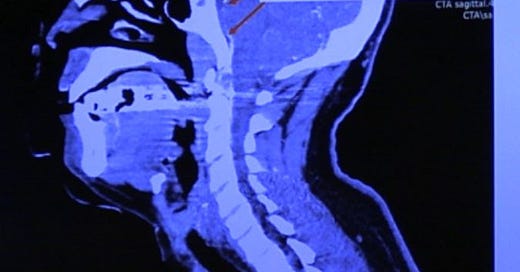







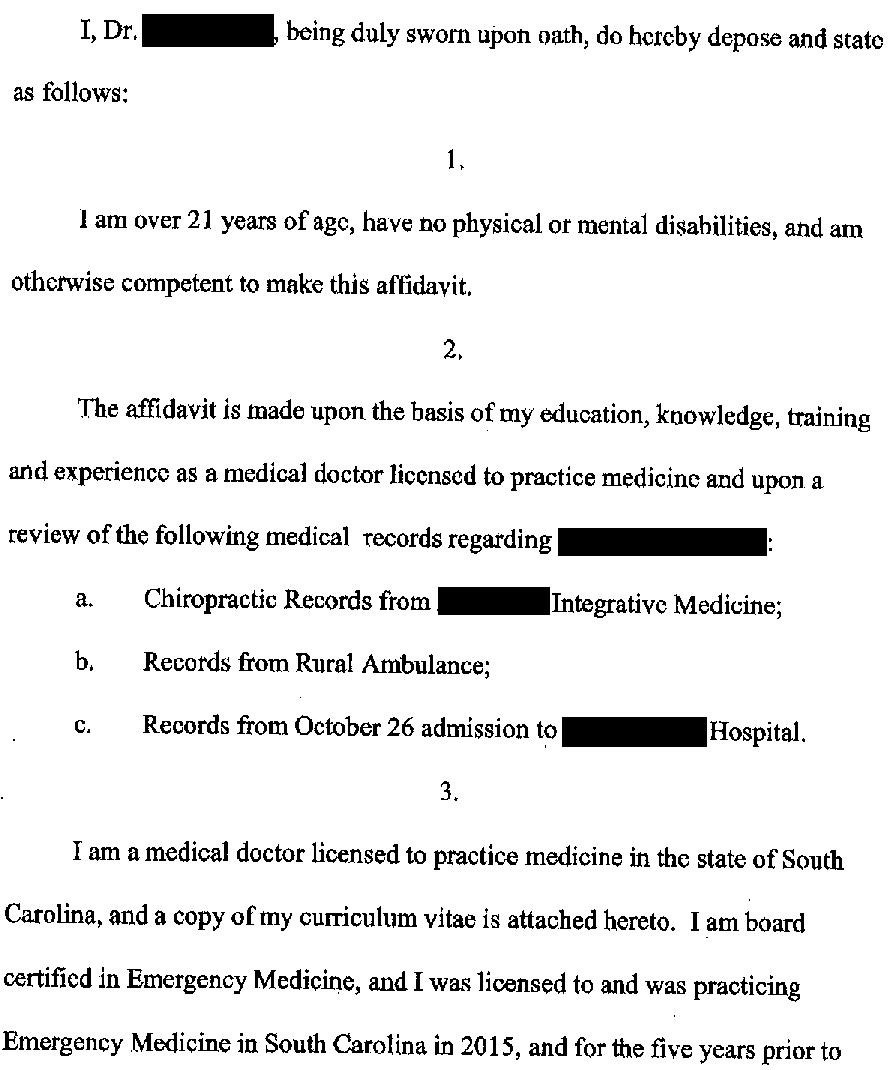
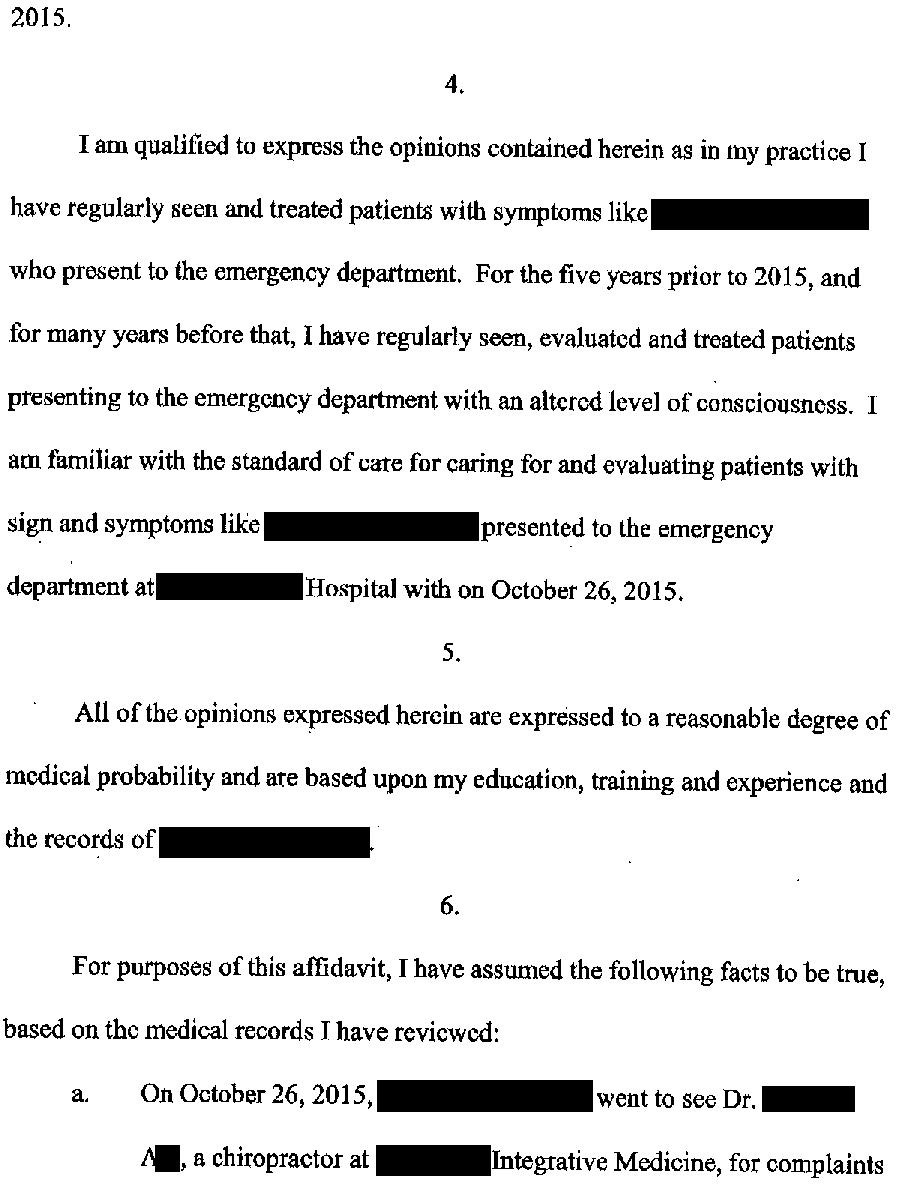

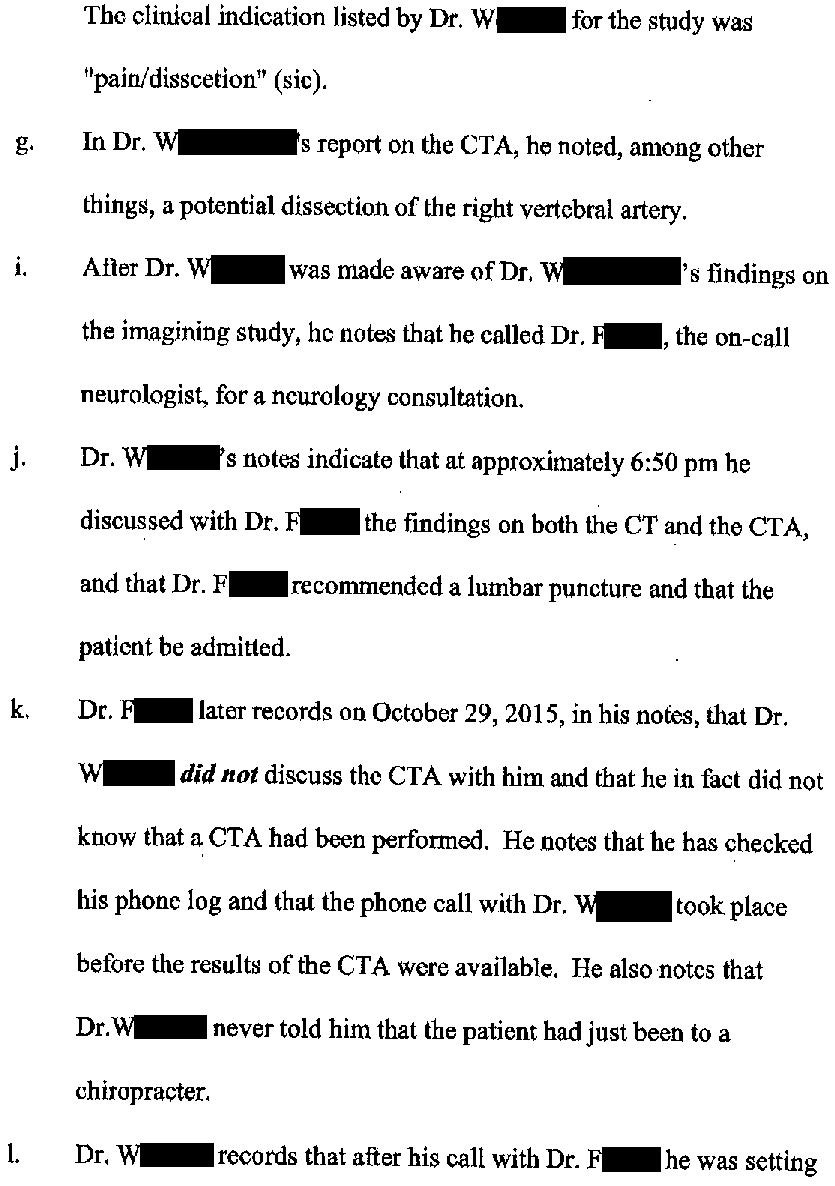
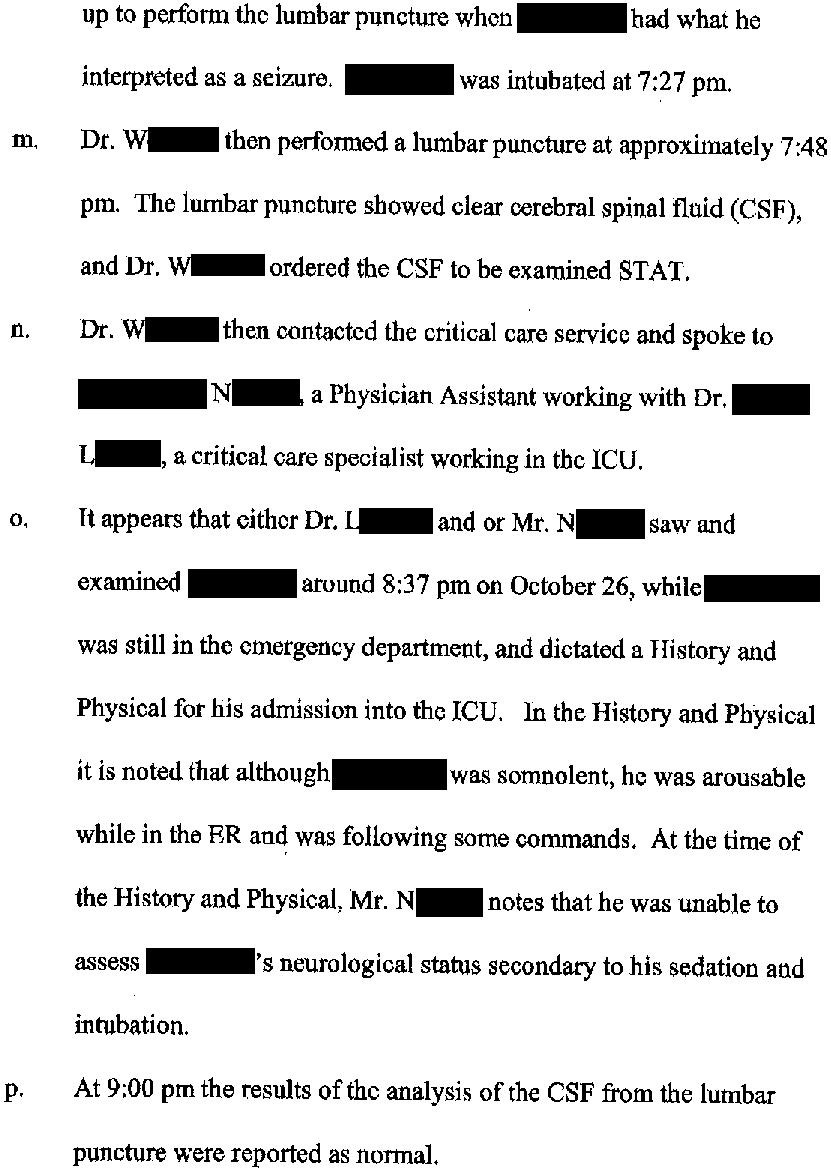

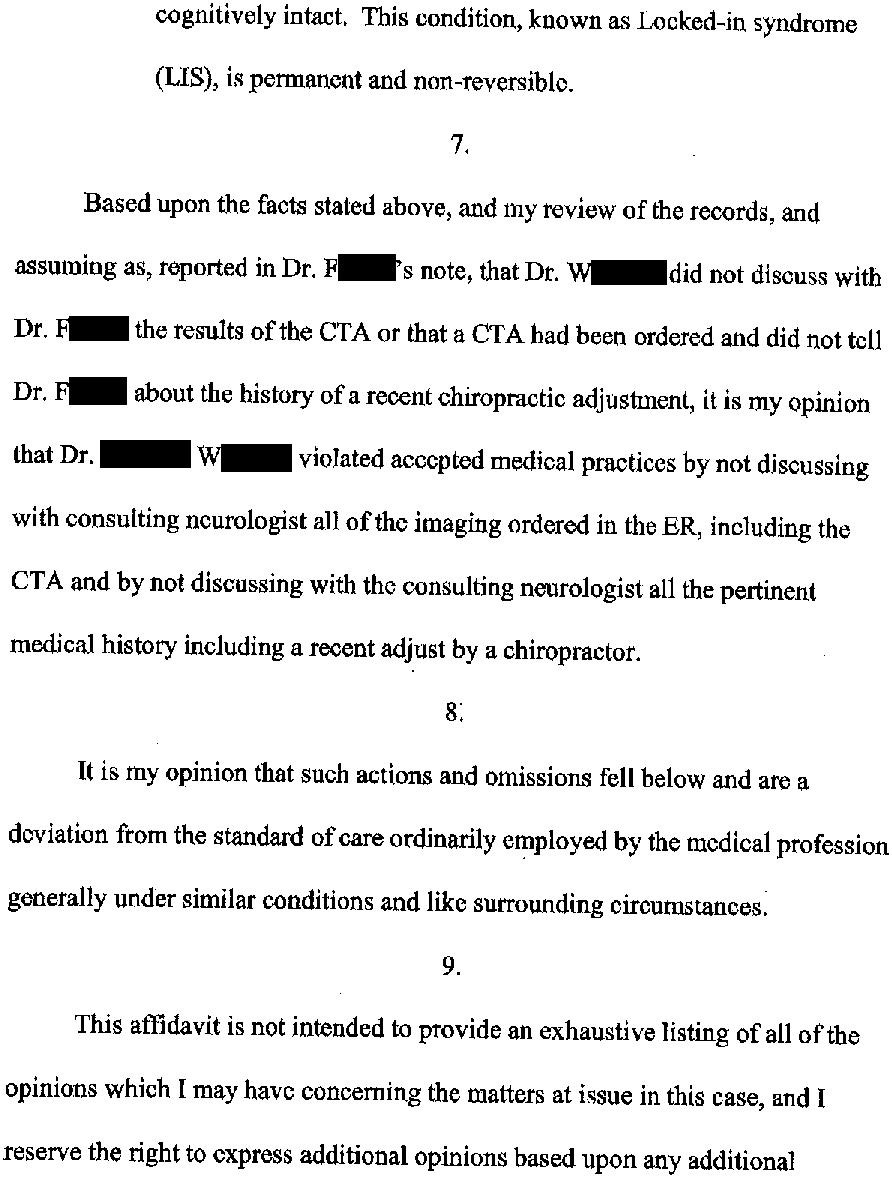
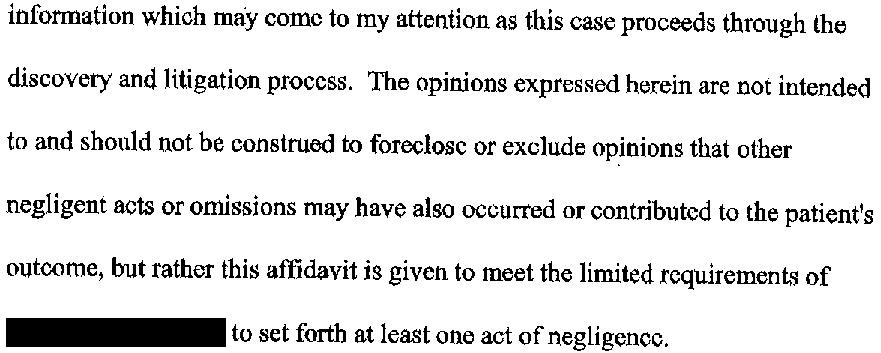
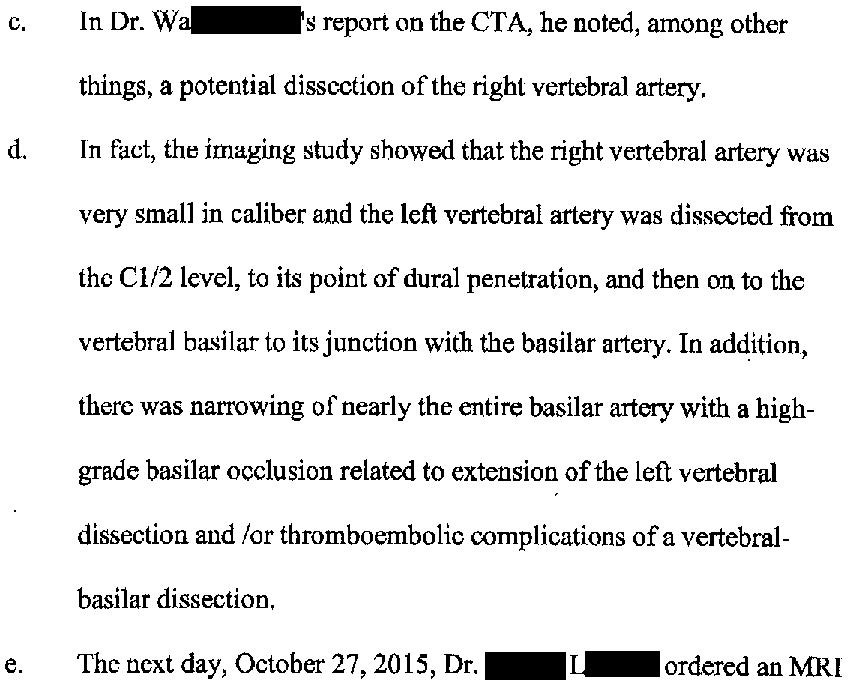

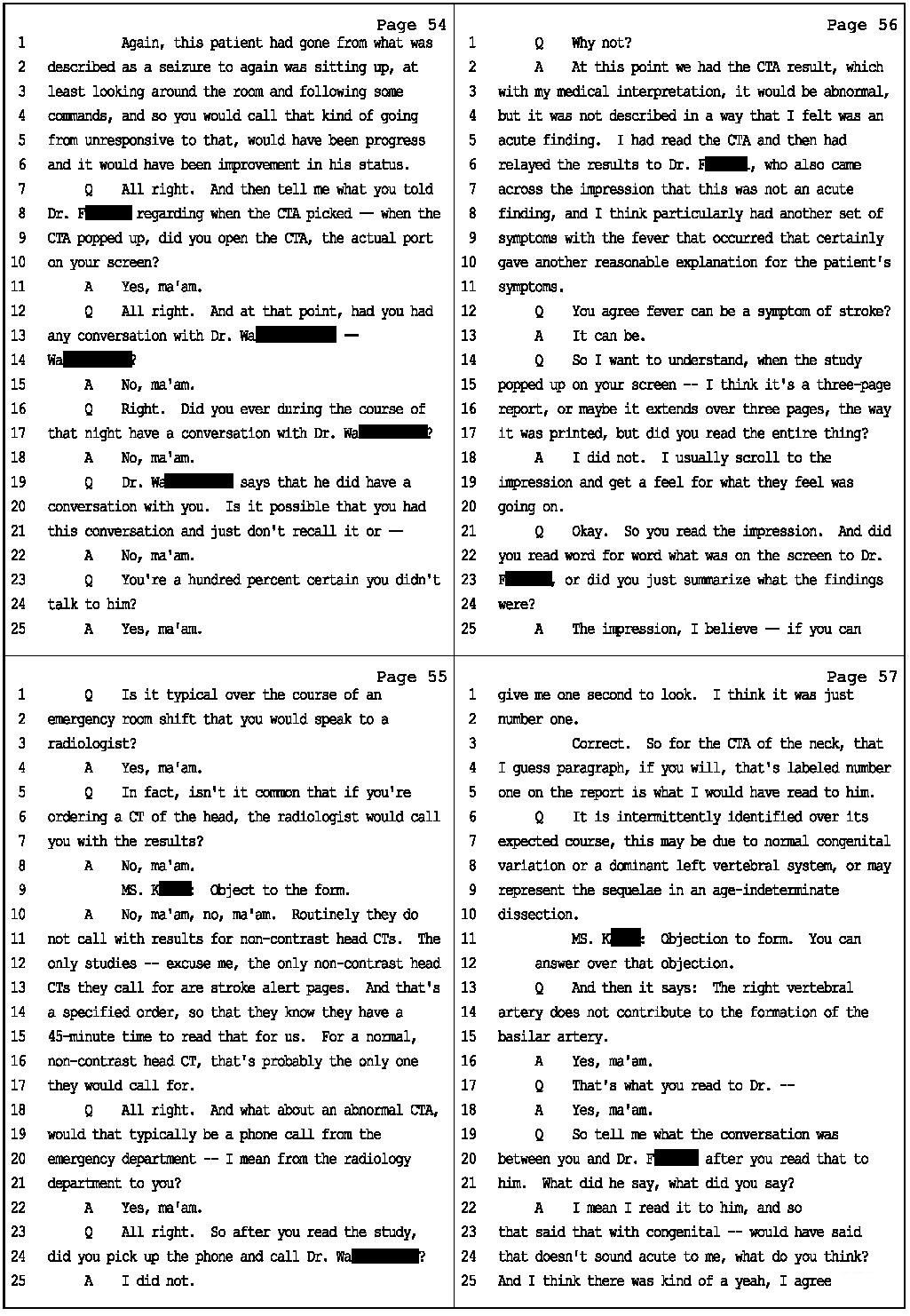
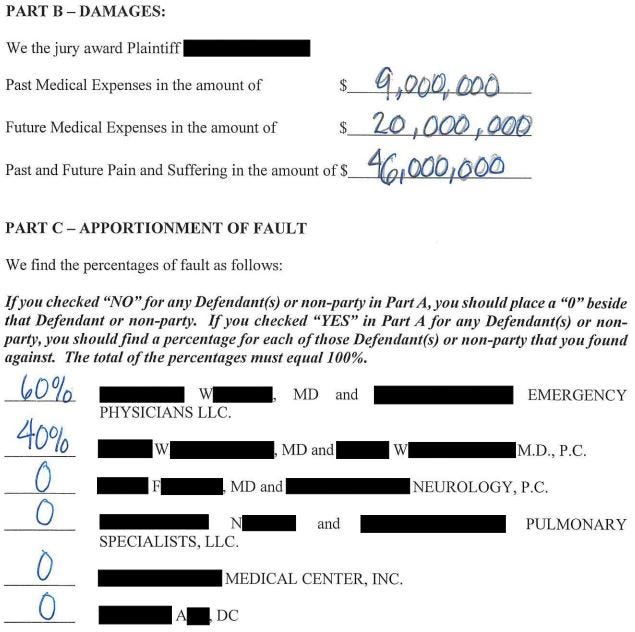
This is a nightmare for all involved. While I think the ED doc made some errors here, I can easily see how that oddly non-acute radiology report and the fever/seizure led him/her onto the wrong diagnostic pathway. Truly a horrible situation. As an IM hospitalist I am always a bit nervous to take care of young patients because of catastrophes that can happen like this, but 99% are not very sick. I also feel super bad for the ED doc (and would never be one myself) because it seems like they were totally unsupported. It seems that the neurologist never came in to assess the patient in person overnight and the ICU wasn't even staffed by a physician overnight. Though our legal system pretends otherwise, it doesn't seem reasonable to expect ED docs to catch everything especially since they are pulled in a million directions at once. We are each other's safety mechanism. Two or three extra sets of trained eyes can be crucial in preventing catastrophes like this one. I've been a busy private practice doc on call and it SUCKS to get numerous calls from the ED overnight and have to continuously make that decision of whether I need to drag myself out of bed to go see that patient right away or if it can wait til morning. There's no perfect way to do it but certainly a younger patient with a story like his (even just bits and pieces) would probably perk up my ears enough to wake the hell up and investigate further. Or maybe I'd just like to think that's what I'd do.
I practiced general and interventional radiology until I quit at the age of 62. I had intended to work much longer, but the fear of ruinous law suits motivated me to leave early. I had a fully funded retirement in the bank and I did not want risk being financially wiped out by some contingency fee sucking criminal with a law school diploma. In my state of Pennsylvania, like most states, the state house is dominated by lawyers. In their smoke filled back rooms they write laws to benefit themselves. The doctor is held to a standard of perfection. There can never be a bad outcome. Some crafty lawyer will try to convince the jury that it was "malpractice". The "jury" is the 12 dumbest people in the room. These uneducated gullible "peers" will be lied to by the theatrical trial lawyers and dishonest "expert" witnesses. Then, based mostly on their emotional reaction, they will come out with a dollar amount. All too often, it is an outrageous sum that sounds like a military defense budget. This is an extortion racket that was created by lawyers to benefits lawyers. This story has had 2 effects on me. First, it makes me furious. Second, it confirms that I was correct to walk away before the lawyers had a chance to steal everything I worked my life for. So, if you live in a state with no "caps" on what lawyers can steal and you have enough money to retire on, then get out before you are force to play Russian roulette with the trial lawyers in a casino that they own.